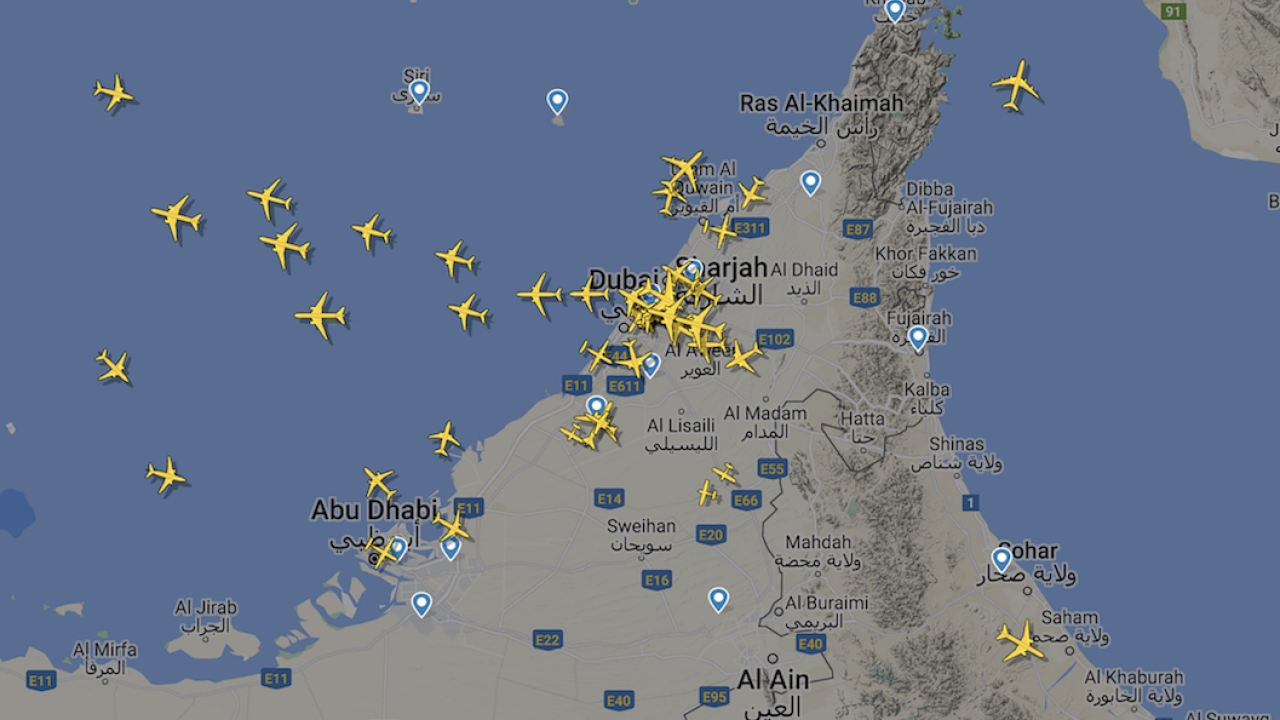Air Traffic Management in the Post-COVID-19 Era

The initial impact of COVID-19 on the aviation market, and industry which supports it, has certainly been felt the world over. Yet what is less certain is the medium, long term and ongoing impacts of the pandemic as they are influenced by medical advancements, government regulation and, of course, consumer confidence.
Whilst it may be easy to dwell on the magnitude of the changes, equally COVID-19 gives us time to pause for thought and make changes within the industry which, until now, have eluded us. At a point where the world is working together to find economic, medical and social solutions, so too can the aviation industry work towards a restructuring and reimagining to deliver tangible outcomes which could see us well into the future.
One of the first outcomes of COVID-19 on ANSPs has been the acceleration of digital control technology. With lesser aircraft movements, social distancing measures and a general global shift to remote working, the perfect scenario has emerged to make the case for increasing investment into digital ATM technology. It is not without precedent, SAAB’s collaboration with remote Swedish airports to develop remote towers was, in part, possible due to the low traffic movements those airports managed. It simply was not viable to build and staff traditional towers as well as give the ATCs the required ongoing training so the case for digital towers was made.
Digital air traffic control also provides the added benefit of flexibility. Flexibility of location. Flexibility of use. Flexibility in staffing. With flexibility comes efficiency and with efficiency comes time to train and innovate. With practical on-the-job training more challenging with decreased movements in the COVID-19 environment, digital air traffic control technology can allow ATCs to continue real life training from wherever they are located. Efficient on-the-job training can see multiple ATCs digitally accessing the tower at the same time without the restrictions of being physically present. Nor necessarily at the tower they usually man offering a broader scope of training scenarios.
The new generation of data transfer technologies enables better data flow and accuracy opening the opportunity for tasks to be delivered remotely. If many other industries have embraced this is as a new way of working, then so can ANSPs and particularly ATC training. COVID will not last forever, and this time gives us a unique chance to put in place systems, procedures, technologies and initiatives which will make us stronger, leaner and less susceptible to disruption in the future. The greatest risk is that the industry experiences a drain of expertise and skills which means it cannot meet the demand for air travel when it rebounds.
Those initiatives should consider the merging of ANSPs with ATC training providers and schools. Not only to cost share but to have transparency in the supply and demand of ATCs. Obviously, passenger numbers have dropped yet the rate at which they increase will have major impacts on air traffic management. The ICAO has developed several scenarios to predict short term seat capacity. Their scenarios estimate a reduction in passenger numbers globally ranging from a 42% drop to 13% comparing March 2021 to their baseline of 2019 data. That is close to a difference of 116,000,000 passengers globally, a large variance! By aligning the training and delivery of air traffic controllers, ANSPs and ATC training providers will have greater visibility over which of those scenarios are more likely and over the pipeline of human resources.It will also give ANSPs greater feedback and control over what skills ATCs are developing throughout their career. As we move towards greater digitisation of ATM then perhaps the skill set of an ATC will change? With enhanced systems, will there be a greater emphasis on technical skills?
PICTURED ABOVE: Marzoog Algamdi,
Will we need to become more adept at reading and interpreting data trends? If we are working remotely, is it less about
the soft skills and more requirement for self-management and self-care? Integrated ANSPs and ATC training providers will be able to identify and foster those skills as they emerge.
For the greater industry, there will be many changes, innovation and adaptions on the horizon. It will not be surprising to see airport terminals change in their design and flow to minimise human contact and manage health and safety. Their real estate will become earmarked for retailers, service providers, consumer activities like clinics or beauty centres as they seek a spread of their commercial risk over multiple revenue streams; a trend which has already started and only will continue to grow. For airlines, more aircraft space may be given over to cargo for the same reason.
Although COVID-19 has been beyond challenging for our industry, perhaps when an event is ‘unprecedented’ then so too should be the response, ideas and concepts developed to combat its effects. It is time to throw away the all-too-familiar box not just think outside of it.
Stay up to date
Subscribe to the free Times Aerospace newsletter and receive the latest content every week. We'll never share your email address.

